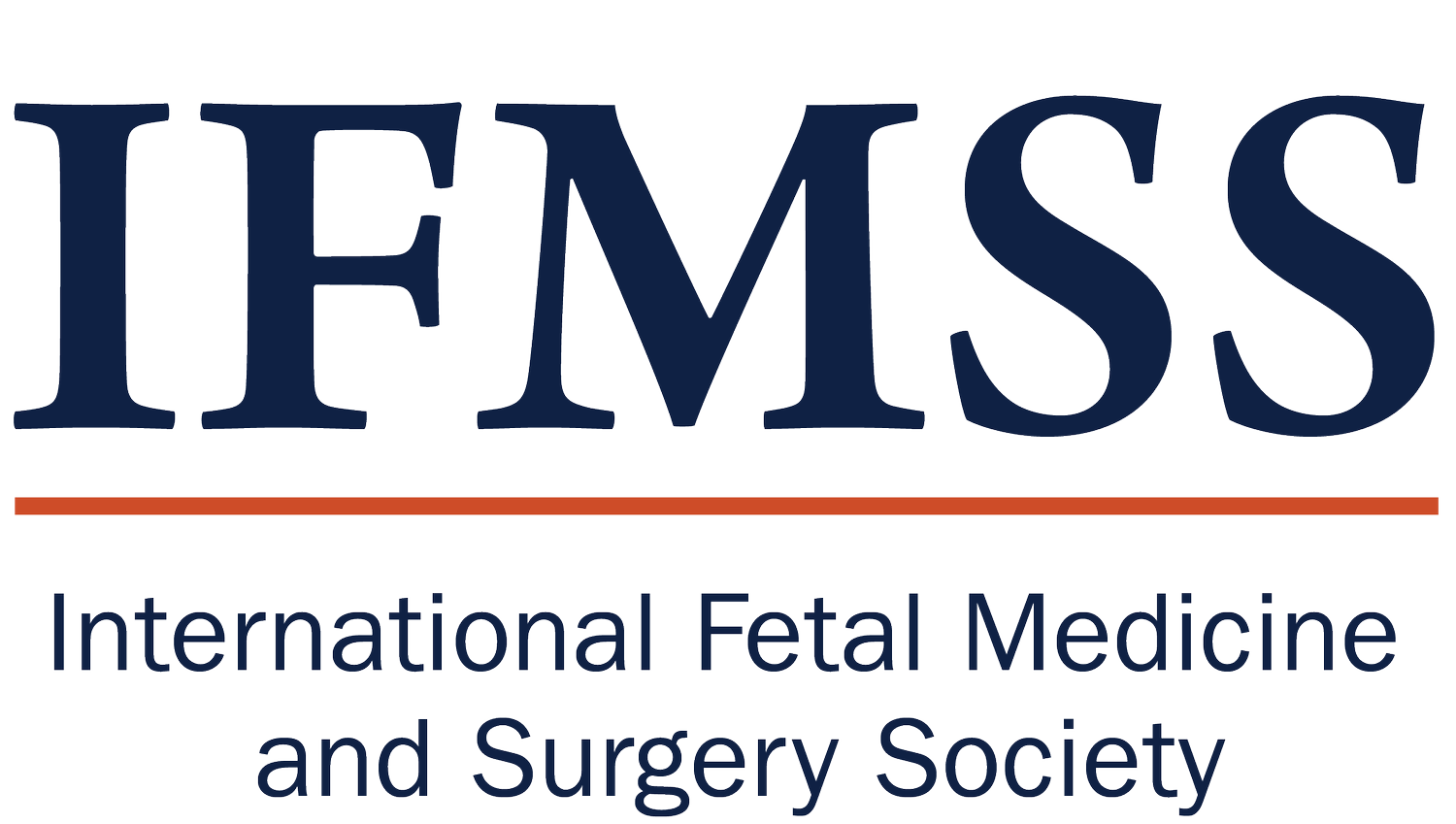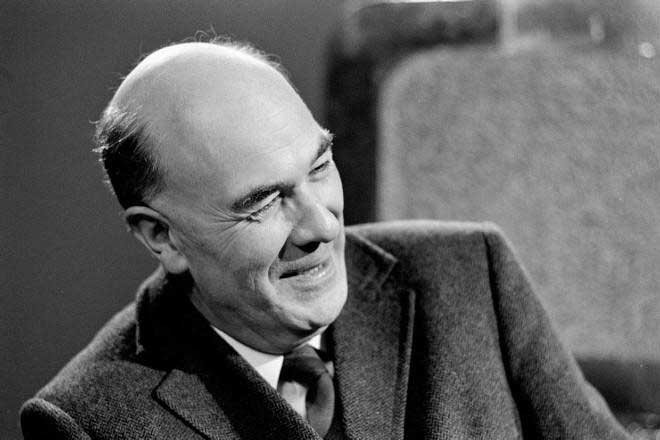“Sláinte!”
… “A few words” from Ireland
When Greg and I were children, we and our families would meet up in his Dad’s office on O’Connell Street to watch the St Patrick’s Day parade. Memory is notoriously unreliable, but what I associate with those parades is an endless procession of army bands and milk floats.
For a long time it seemed as though Paddy’s Day was better celebrated outside Ireland than in; certainly the New York parade was way more elaborate than anything that graced the streets of Dublin. And then it changed. St Patrick’s Day became a Month/Weekend, the milk floats were replaced by spectacular street performances, and the whole world joined in. Sites and buildings such as the Sydney Opera House, the Colosseum, the Shizuoka Stadium in Fukuroi, the Cotton Tree in Freetown, have gone green to celebrate our national holiday. I find this a little bemusing, as I do the fact that I, and many others, send St Patrick’s Day greeting cards – have you ever seen a Bastille Day card or a Canada Day card?
Unlike many other national holidays, the Irish one celebrates a figure rather than an event. Moreover, a rather vague figure, around whom many myths and legends have developed, but about whom actually very little is known. There is a certain irony in that he definitely wasn’t Irish born, and a recent publication, Roy Flechner’s, Saint Patrick Retold: The Legend and History of Ireland's Patron Saint, presents a far more complex figure than the one I grew up with.
But this doesn’t matter. We Irish never let the truth get in the way of a good story, or a lack of detail defer a good party. On this St Patrick’s Day, why not celebrate with us – after all, being Irish is just a state of mind!
Ireland Through the Lens
Please note, the Irish have a much more ‘accepting’ relationship with strong language than many other nationalities.
For Nollaig na Mban, I focused on Irish women in film, but of course Irish men have been making waves too. This year already Cillian Murphy, Andrew Scott and Barry Keoghan – and probably Paul Mescal at some stage – have been nominated for awards, while Colin Farrell and Brendan Gleeson led the Irish contingent to the Oscars in 2023.
Farrell and Gleeson were nominated for The Banshees of Inisherin but of course they had already worked together on In Bruges both films by Martin McDonagh. McDonagh’s brother John Michael wrote the screenplays for two other films starring Gleeson, The Guard, and Calvary. Anyone who has seen any of the afore-mentioned movies will know that they share a dark Irish humour – if you haven’t, well, you have been warned !
A Living Tradition
In Ireland, there are a number of oral traditions, of which sean-nós [=in the old way] singing is possible the best known – well, to the Irish anyway. The sean-nós singer usually performs unaccompanied, and the story told is as important, if not more so, than the melody. The mood is lyrical, often melancholic, and the rhythm is free.
Comhaltas, an organization that promotes the traditions of Irish music, song and dance, points out that sean-nós lyrics are usually in Irish (Gaeilge) and that there are regional differences (Munster, Connacht and Ulster) in style. Young singers such as Síle Denvir and Inni-K are helping to keep the tradition alive, but – (a recurring theme) – in new and contemporary ways.
Other oral traditions are agallamh beirte [=dialogue between two people] and lúibíní [lit: twisted mind]. The former is a spoken poetic debate while the latter does so to a common tune, requiring wit and wordplay. That these are living traditions can be seen in events such as these agallamh beirte and lúibíní competitions from 2023.
Another well-respected tradition is that of the seanchaí, the storyteller, whose origins go back to the filí (professional poets) of Brehon Law Ireland. This tradition is finding new forms in spoken word performances by young artists and rappers, storytelling gatherings and as the subject matter of songs – proof, if needed, that the Irish love talking and talking about talking !
Quark
Poet Máirtín Ó Direáin. Image taken from the Irish Dictionary of Biography website under Fair Use.
Although the vast majority of Irish people are not fluent in Irish, we all have what is known as the ‘cupla focal’, the ‘few words’. We learn Irish at school, from primary school right through secondary; all official signage (road signs; government documents; etc) are in both English and Irish, and our conversations will often be peppered with Irish words or phrases such as, “I’m feeling a bit trí na chéile today.” [=at sixes and sevens]
When it comes to reading books in Irish, however, many of us might feel overwhelmed, but fortunately in recent times, some excellent translations have been published of what can be considered classics in Irish. Máirtín Ó Direáin’s Tacar Dánta (Selected Poems) are available in English; Brian Merriman’s Cúirt an Mheán Oíche in English and Japanese. Máirtín Ó Cadhain’s Cré na Cille has been widely translated (Czech, Danish; English; German; Hungarian; Italian; Norwegian; Turkish), while the epic An Táin exists in a wonderful English version with illustrations by renowned artist Louis le Broquy. These works, even not in their original Irish, offer a powerful insight into the Irish way of thinking, and speaking, and being.



